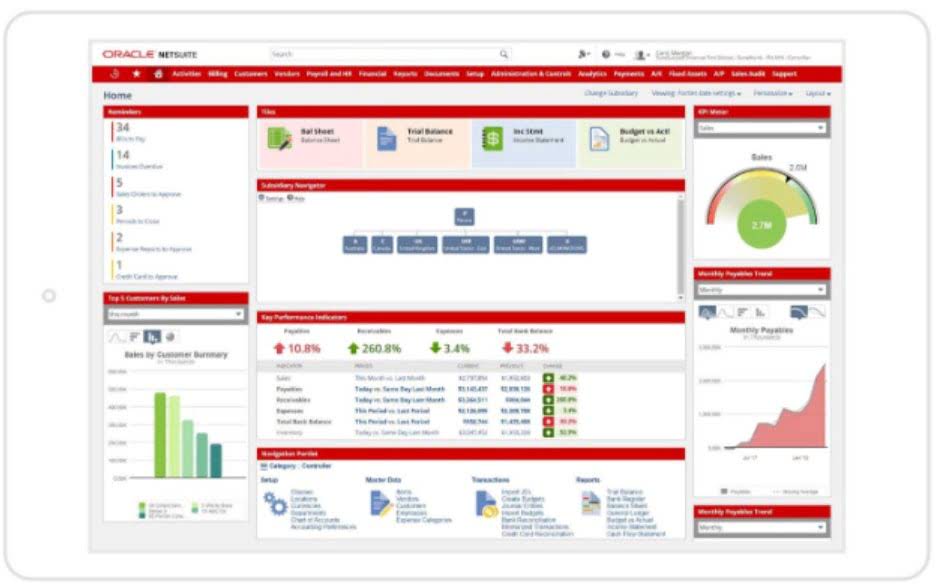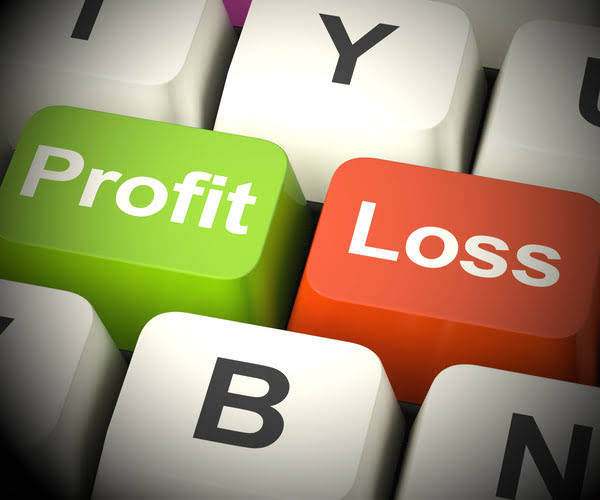
11 Financial may only transact business in those states in which it is registered, or qualifies for an exemption or exclusion from registration requirements. Finance Strategists has an advertising relationship with some of the companies included on this website. We may earn a commission when you click on a link or make a purchase through the links on our site. All of our content is based on objective analysis, and the opinions are our own.
- As businesses continuously engage in various operations, their liability position can change frequently.
- Here are some of the use cases you may run into when understanding the uses of assets and liabilities.
- Generally speaking, the lower the debt ratio for your business, the less leveraged it is and the more capable it is of paying off its debts.
- In a sense, a liability is a creditor’s claim on a company’ assets.
- The balance of the principal or interest owed on the loan would be considered a long-term liability.
Type 2: Principle & interest payable

Current liabilities are debts that you have to pay back within the next 12 months. Assets are what a company owns or something that’s owed to the company. They include tangible items such as buildings, machinery, and equipment as well as intangibles such as accounts receivable, interest owed, patents, or intellectual property. Debit and credit are financial transactions that increase or decrease the values of various individual accounts in the ledger. Let’s take a look at how to compare your assets and liabilities with this example. Current assets are important because they can be used to determine a company’s owned property.
- And if your business does have debt, you’re going to have liabilities.
- After almost a decade of experience in public accounting, he created MyAccountingCourse.com to help people learn accounting & finance, pass the CPA exam, and start their career.
- A liability is generally an obligation between one party and another that’s not yet completed or paid.
- Accounts Payable refers to the amounts owed by a company to its suppliers or vendors for goods or services received, but not yet paid for.
- Even if it’s just the electric bill and rent for your office, they still need to be tracked and recorded.
Examples of a Liability

Historically, the word “debit” derives from the Latin word debere, which means “to owe.” In accounting, this has been shortened to “Dr.” We’re firm believers in the Golden Rule, which is why editorial opinions are ours alone and have not been previously reviewed, approved, or endorsed by included advertisers. The Ascent, a Motley Fool service, does not cover all offers on the market. Unearned revenue is money that has been received by a customer in advance of goods and services delivered.
How Are Current Liabilities Different From Long-Term Non-Current Ones?

Potential buyers will probably want to see a lower debt to capital ratio—something to keep in mind if you’re planning on selling your business in the future. For example, a large car manufacturer receives a shipment of exhaust systems from its vendors, to whom it must pay $10 million within the next 90 days. Because these materials are not immediately placed into production, the company’s accountants record a credit entry to accounts payable and a debit entry to inventory, an asset account, for $10 million. When the company pays its balance due to suppliers, it debits accounts payable and credits cash for $10 million.
These liabilities are noncurrent, but the category is often defined as “long-term” in the balance sheet. Companies will use long-term debt for reasons like not wanting to eliminate cash reserves, so instead, they finance and put those funds to use in other lucrative ways, like high-return investments. When it comes to short-term liquidity measures, current liabilities get used as key components. Here are a few metrics and key ratios that potential investors and management teams look at to perform a financial analysis. A company’s net worth, also known as shareholders’ equity or owner’s equity, is calculated by subtracting its total liabilities from its total assets.
- Long-term liabilities are debts that take longer than a year to repay, including deferred current liabilities.
- Short-term debts can include short-term bank loans used to boost the company’s capital.
- Below is a current liabilities example using the consolidated balance sheet of Macy’s Inc. (M) from the company’s 10-Q report reported on Aug. 3, 2019.
- Companies try to match payment dates so that their accounts receivable are collected before the accounts payable are due to suppliers.
How Current Liabilities Work
Moreover, some liabilities, such as accounts payable or income taxes payable, are essential parts of day-to-day business operations. Banks, for example, want to know before extending credit whether a company is collecting—or getting paid—for its accounts receivable in a timely manner. Accounts payable is typically one of the largest current liability accounts on a company’s financial statements, and it represents unpaid supplier invoices. Companies try to match payment dates so that their accounts receivable are collected before the accounts payable are due to suppliers. When presenting liabilities on the balance sheet, they must be classified as either current liabilities or long-term liabilities. A liability is classified as a current liability if it is expected to be settled within one year.
Different Types of Liabilities in Accounting
Examples include invoices from suppliers, utility bills, and short-term debts. Accounts payable is typically presented on the balance sheet as a separate line item under current liabilities. Liabilities play a crucial role in evaluating a company’s financial health. By analyzing the types, amounts, and trends of a company’s liabilities, it is possible to gauge its financial position, stability, and risk exposure. A company with too many liabilities compared to its assets may face cash flow problems or increased financial risk. Understanding a company’s liabilities can also help assess its ability to meet debt obligations and the potential for future growth.
Types of Liability Accounts – Examples
Liabilities in financial accounting need not be legally enforceable; but can be based on equitable obligations or constructive obligations. An equitable obligation is a duty based on ethical or moral considerations. A constructive obligation is an obligation that is implied by a set of circumstances in a particular situation, as opposed to a contractually based obligation. Simply put, a business should have enough assets (items of financial value) to pay off its debt. Some loans are acquired to purchase new assets, like tools or vehicles that help a small business operate and grow.
Unearned revenue arises when a company sells goods or services to a customer who pays the company but doesn’t receive the goods or services. The company must recognize a liability because it owes the customer for the goods or services the customer paid for. For information pertaining to the what are liability accounts registration status of 11 Financial, please contact the state securities regulators for those states in which 11 Financial maintains a registration filing. Hence, when receiving funds from any business activity, we make an entry on the credit side of the relevant income or revenue account.
What are the different types of liabilities found on a balance sheet?
Understanding liabilities requires comprehending their classification and measurement. Based on their durations, liabilities are broadly classified into short-term and long-term liabilities. Short-term liabilities, also known as current liabilities, are obligations that are typically due within a year. On the other hand, long-term liabilities, or non-current liabilities, extend beyond a year. Besides these two primary categories, contingent liabilities and other specific cases may also exist, further adding complexity to accounting practices. Having a better understanding of liabilities in accounting can help you make informed decisions about how to spend money within your company or organization.
